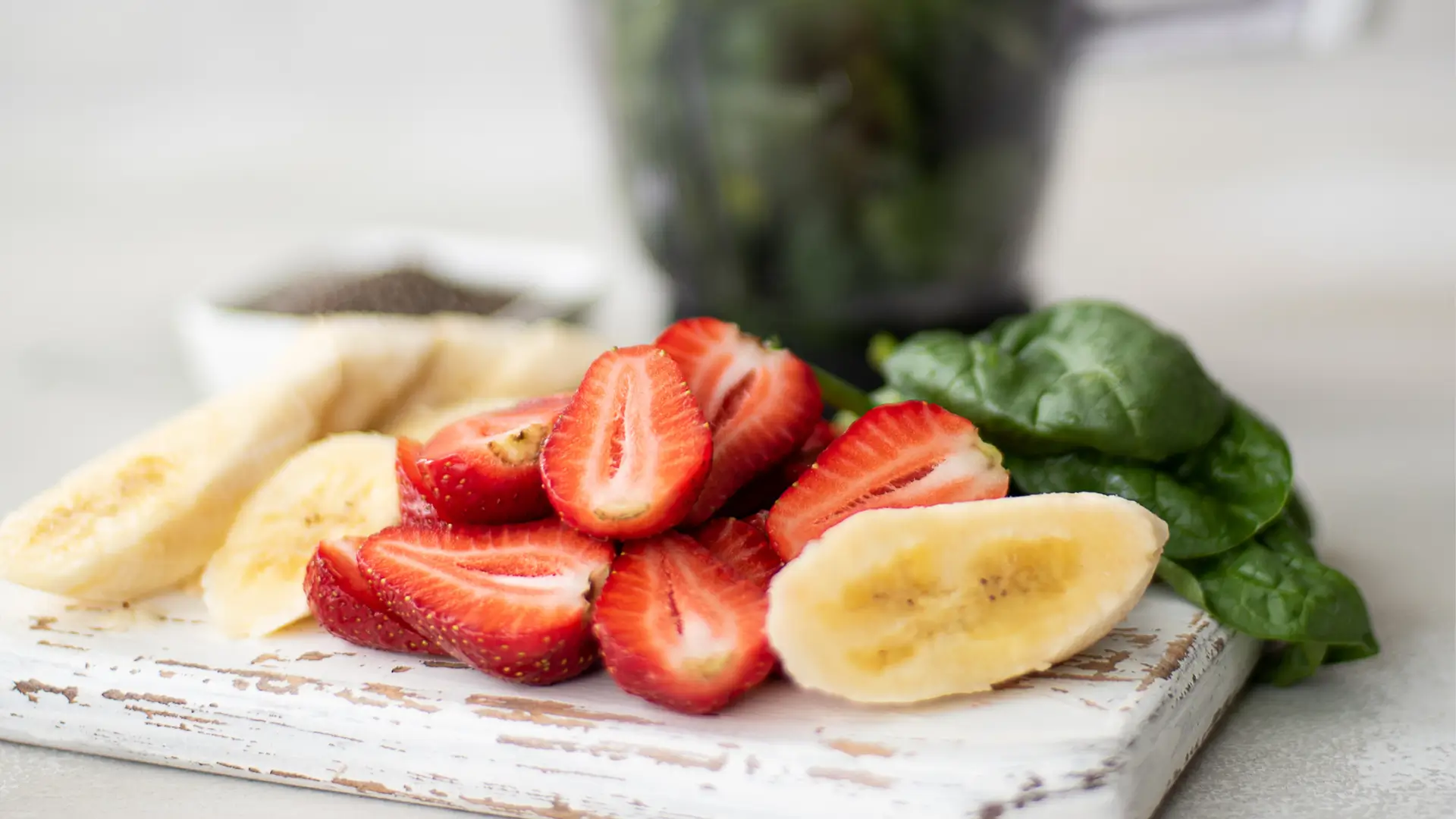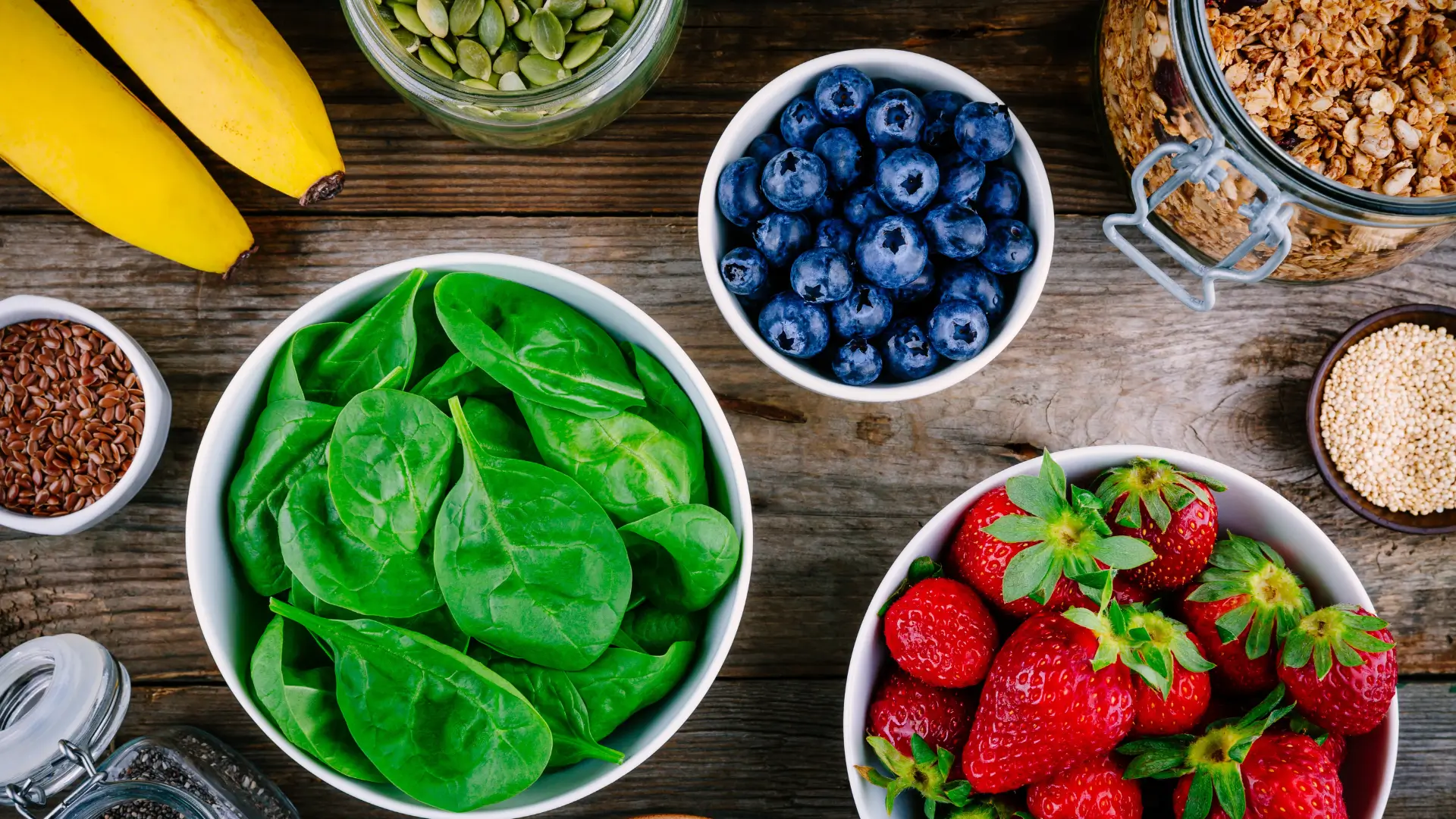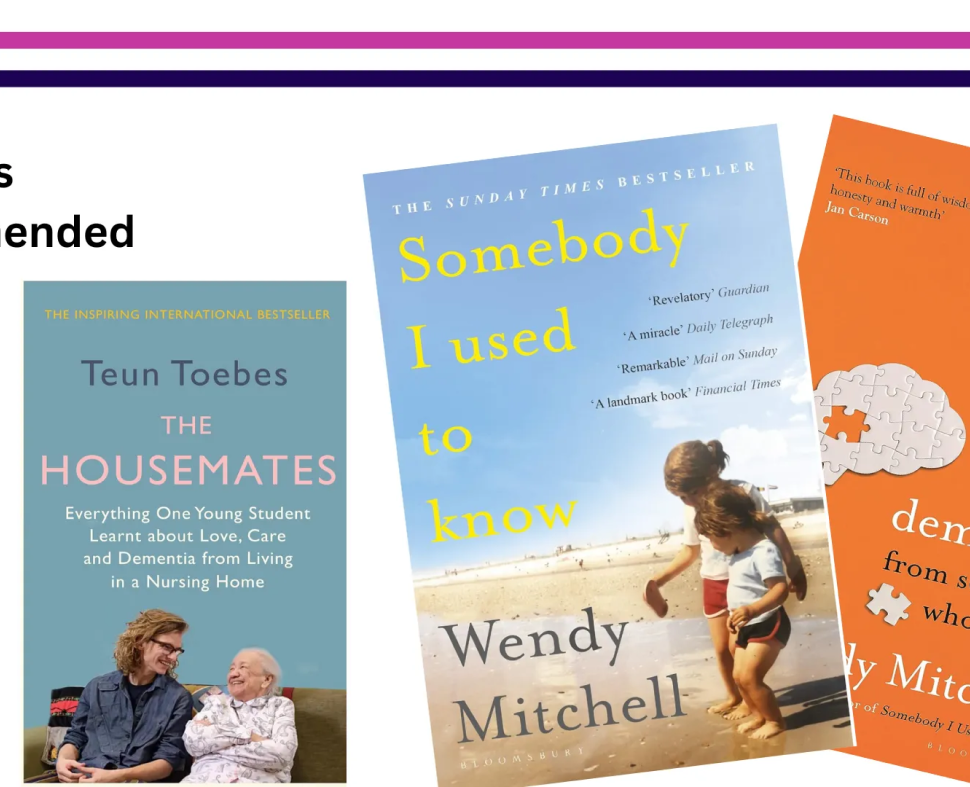Foods That Lower Blood Pressure: Delicious, Affordable Recipes for Self-Care Week

From the 18th to 24 November 2024 is National Self-Care Week. The theme ‘mind and body’ aims to help people practise self-care for a happier and healthier life.
We are all guilty of making New Year’s resolutions, such as, ‘I will go to the gym more and lose weight’. At Severn Vale Home Care, we don’t know many people who haven’t made those New Year’s resolutions only to find that a few weeks later, the same
tasty treats have made their way back onto the daily menu.
We all know that food can make a huge difference to our well-being yet being good can be so challenging!
High blood pressure impacts roughly 1 in every 8 people and therefore is really common.
Despite being common it is also a serious health condition that, if ignored, can lead to heart disease, stroke, and other complications.
Thankfully, lifestyle changes, especially diet, can improve blood pressure. With National Self-Care Week, we thought we would share just 3 recipes to choose from that focus on foods that help lower blood pressure.
We have selected 3 easy-to-make recipes that make healthy eating both delicious and budget-friendly, giving you the power to take control of your wellness in small, manageable ways.
Understanding Blood Pressure and Diet’s Role
What is blood pressure? As your heart pumps, blood pressure measures the force of the blood against artery walls.
If you think of water pressure when you take a shower, and how it feels on your skin. You want the pressure to be just right, not too high and not too low.
When your blood pressure is too high, it strains your heart and blood vessels, which increases your risk of heart-related problems.
However, the good news is that nutrients such as magnesium, potassium, and fibre can help to regulate your blood pressure. Making a few changes to your diet so that you enrich these nutrients helps to support heart health through balanced blood pressure.
Taking care of our diet is an important part of self-care. Each small choice we make
can have huge effects on our long-term health.
5 Foods that Naturally Lower Blood Pressure
1) Leafy Greens
Did your mother ever tell you to eat your greens? If she did she may have been right. Spinach, kale, and other similar greens are rich in potassium, which helps the kidneys eliminate excess sodium, therefore reducing blood pressure.
2) Delicious Summer Berries
Sweet, juicy, summer berries such as blueberries, strawberries, and raspberries contain antioxidants. Great for blood vessel health. As you may know, berries can be expensive, so consider using frozen berries for recipes like smoothies in order to keep the cost down.
3) Beetroot
This is an amazing root vegetable, which is delicious roasted. It has a high nitrate content, which helps to relax blood vessels
4) Oats
Inexpensive and readily available, oats have been something most of us have grown up with. Especially if you liked making flapjacks as a child. High in fibre, oats are known to help reduce cholesterol levels and stabilise blood pressure.
5) Bananas
Sweet, soft and tasty, this is a classic source of potassium. Bananas help regulate the balance of fluids in the body, supporting blood pressure.
All of the above ingredients should be easy to find in the local supermarket and most
important, affordable.

Recipe 1: Spinach and Berry Smoothie
We all love a fruit smoothie but have you considered adding spinach to the mix? Do try this recipe at least once and see if you like it. If you do, its a quick and easy way to start your day.
This refreshing smoothie, packed with potassium from spinach and antioxidants from berries. It’s a heart-healthy breakfast or snack that tastes as good as it looks!
Ingredients:
- 30g fresh spinach
- 75g mixed berries (frozen or fresh)
- 1 banana (for creaminess and potassium)
- 250 ml almond or oat milk
Instructions:
- Pop all the ingredients into a blender.
- Blend until smooth, adjusting milk for desired consistency.
- Pour into a glass and enjoy your nutrient-rich, blood pressure-friendly smoothie.
Health Benefits:
Spinach contains lots of potassium, which helps regulate blood pressure, while the berries contribute heart-healthy antioxidants. This smoothie is a delicious and easy way to include these powerful foods in your diet.

Recipe 2: Beetroot and Oat Salad
Combining roasted beetroots and oats for a filling, this vibrant salad, which is fibre-rich, is perfect as a side or main. The beets’ nitrates and the oats’ fibre work together to support blood vessel health.
Ingredients:
- 2 medium-sized beetroots, roasted and chopped
- 50g cooked oats (cooled)
- 1 tbsp olive oil
- 1 tbsp apple cider vinegar (optional for flavour)
- Salt and pepper to taste
Instructions:
- Roast the beetroots by wrapping them in foil and baking at 200°C (180°C fan) for 40 minutes or until tender.
- Allow the beetroots to cool and then chop.
- Combine chopped beetroots and oats in a bowl.
- Drizzle with olive oil and vinegar, then season with salt and pepper.
- Toss to combine and enjoy as a nutritious side dish or main course.
Health Benefits:
Beetroots are rich in nitrates. These are compounds that convert to nitric oxide in the body, helping to relax blood vessels. Oats add a dose of fibre, supporting cardiovascular health by helping to lower cholesterol.

Recipe 3: Banana-Kale Porridge
This time of year is perfect for cosying up with this warm porridge packed with potassium-rich bananas and nutrient-packed kale. It’s a comforting breakfast that’s gentle on the wallet and great for the heart.
Ingredients:
- 50g rolled oats
- 250ml water or milk (dairy or plant-based)
- ½ banana, sliced
- 30g kale, chopped finely
- Optional: cinnamon and a drizzle of honey for flavour
Instructions:
- Cook the oats in water or milk according to the package instructions.
- Add the chopped kale in the last minute of cooking to wilt slightly.
- Top with banana slices, cinnamon, and honey.
- Serve warm for a heart-healthy start to your day.
Health Benefits:
Bananas are a great source of potassium, which helps balance sodium levels in the body. Kale adds fibre and essential nutrients, making this dish a
nutritious, blood pressure-friendly meal.
Additional tips for a blood pressure-friendly diet
In addition to these recipes, here are a few extra tips to keep your blood pressure healthily maintained:
Limit Salt:
Try to add herbs, spices, and citrus to season foods instead of reaching for the saltshaker.
Stay Hydrated:
Drinking plenty of water helps your body maintain fluid balance, which in turn supports stable blood pressure.
Portion Control:
Eating smaller, balanced meals can prevent spikes in blood pressure and help you maintain energy throughout the day.
Exercise and Mindfulness:
Physical activity and stress-reducing practices, such as yoga or meditation, go hand in hand, supporting a blood pressure-friendly diet and contributing to overall well-being.
It doesn’t have to be complicated or expensive to embrace self-care through heart-healthy eating. Incorporating blood pressure-lowering foods into simple, affordable recipes means you are taking proactive steps toward better health. This
National Self-Care Week, try adding these recipes to your routine and notice the benefits of small, mindful dietary changes. Together, we can celebrate self-care and encourage each other toward healthier, happier lives!


